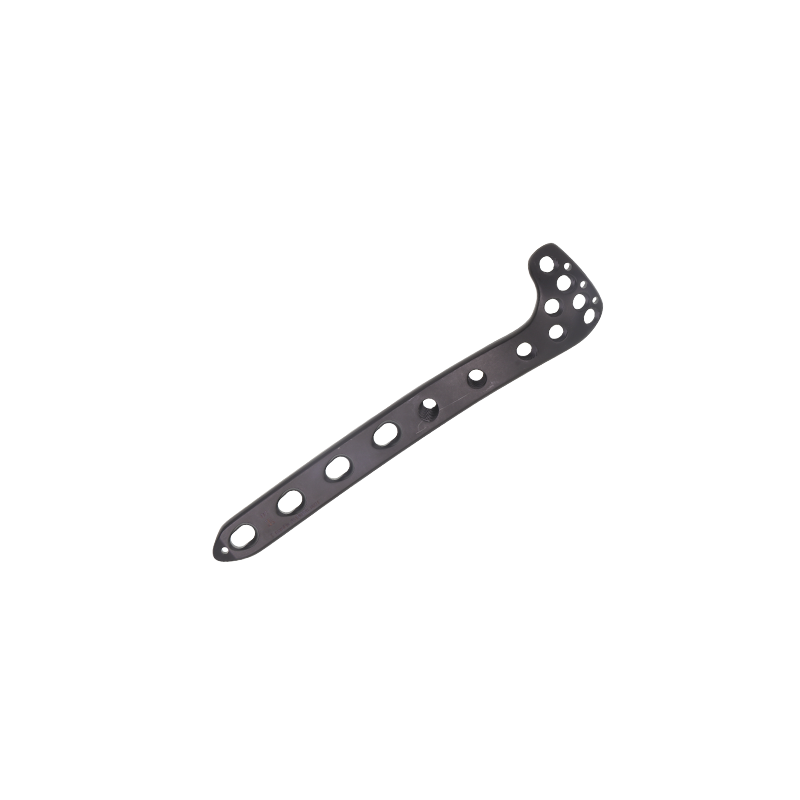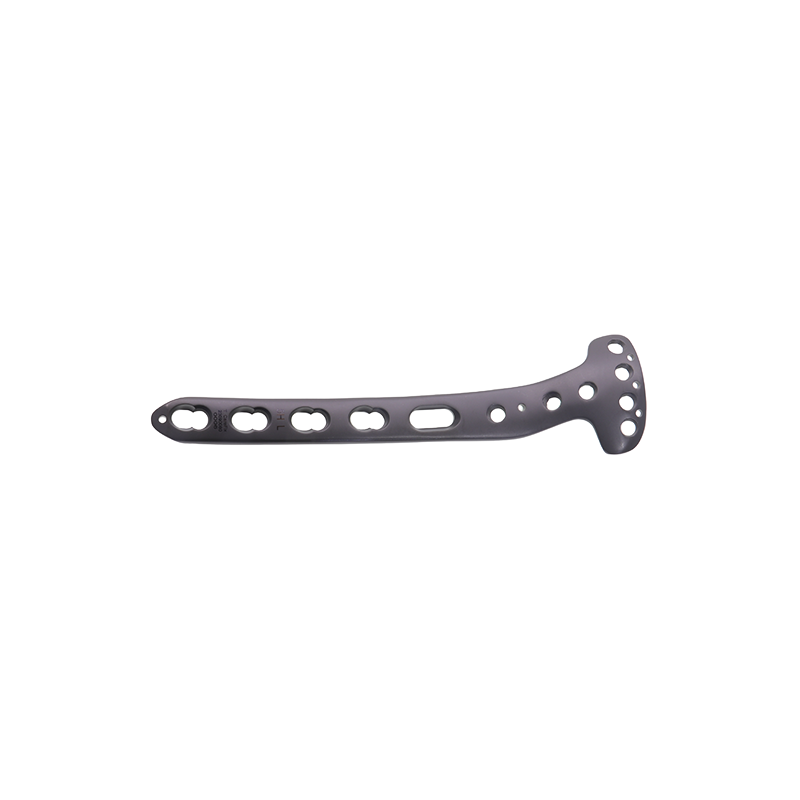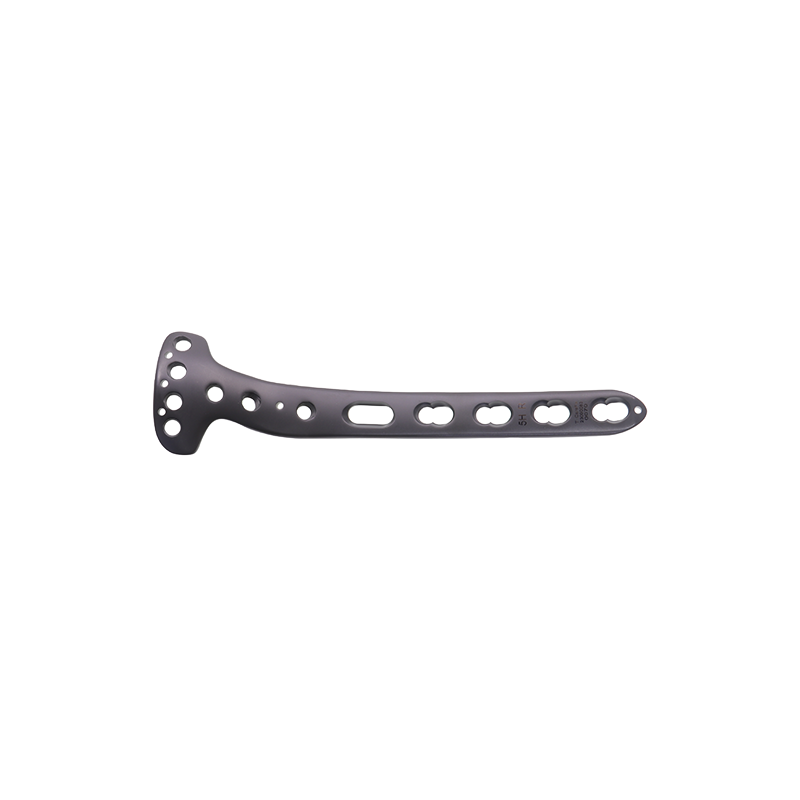proximal tibia lcp
The Proximal Tibia LCP (Locking Compression Plate) represents a significant advancement in orthopedic surgery, specifically designed for treating complex fractures and deformities of the upper tibia region. This innovative implant system combines the advantages of traditional compression plating with modern locking screw technology, offering superior stability and flexibility in fracture fixation. The plate features strategically placed combination holes that allow for both locking and compression screws, enabling surgeons to utilize different fixation techniques based on specific fracture patterns and bone quality. The anatomically pre-contoured design of the proximal tibia LCP ensures optimal fit to the lateral proximal tibia, minimizing the need for intraoperative plate contouring and reducing surgical time. The plate's unique design incorporates multiple locking holes in the proximal portion, providing enhanced fixation in the metaphyseal region where bone quality may be compromised. Additionally, the system includes specialized targeting guides and instruments that facilitate accurate screw placement and reduce radiation exposure during surgery. The plate's low-profile design helps minimize soft tissue irritation while maintaining construct strength, promoting better patient outcomes and faster recovery.


